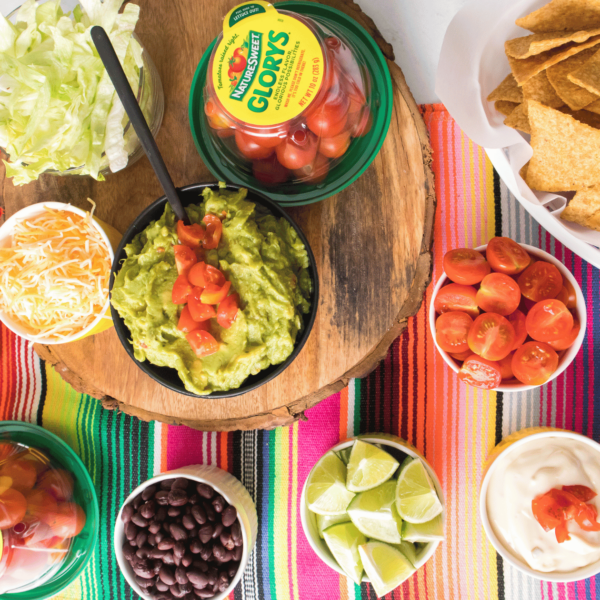How to Select Iceberg Lettuce
How to Select Iceberg Lettuce
- Choose fresh, crisp iceberg lettuce with springy, tight leaves. Avoid any heads of lettuce with dark or slimy spots. The leaves should not be limp or withered or have any brown or yellow edges.
- The outer leaves of a head of lettuce are the most nutritious and flavorful, but also the most prone to damage. Try to choose a head with dark green, intact outer leaves.
- The stem of a head of lettuce naturally turns brown when harvested. Sniff the stem: it should smell slightly sweet, not bitter.
- Avoid overly large heads of lettuce, as their leaves may have grown tough and fibrous.
When is Iceberg Lettuce in Season?
Iceberg lettuce is available year-round but is at its peak from April to June. It is widely available in supermarkets, grocery stores, and farmers’ markets across the US. Look for crisp, firm heads with fresh-looking leaves, and avoid wilted or discolored. Wash thoroughly before eating to remove any hitchhiking friends (insects).
Varieties of Iceberg Lettuce
There is only one main variety of iceberg lettuce, but there are some hybrid varieties. Here are some of the more popular hybrid varieties of iceberg lettuce:
- Crisphead: This is the most common variety of iceberg lettuce. It has a tight, compact head with pale green leaves that are crisp and crunchy. The flavor is mild and slightly sweet.
- Buttercrunch: This type of iceberg lettuce has a softer, buttery texture than traditional iceberg lettuce. It has a looser head, tender, dark green leaves, and a sweet buttery flavor.
- Great Lakes: This variety has a large, round head with light green, crisp leaves. It has a mild flavor and is popular in salads and sandwiches.
- Salinas: This hybrid has a dense, firm head with pale green leaves that slightly curl at the edges. It has a sweet, mild flavor.
- Vanguard: This variety has a tight, compact head with dark green leaves. It has a slightly bitter flavor and is a favorite for sandwiches.
Iceberg Lettuce Nutrition Facts & Benefits
Iceberg lettuce is not the most nutrient-dense type of lettuce available, and other varieties, such as romaine, kale, or spinach, may offer more nutrients per serving. However, iceberg lettuce is still a good source of fiber. Here are the nutritional facts for a one-cup serving of iceberg lettuce:
- Approx 10 calories
- 0.1 grams of fat
- 0.6 grams of protein
- 2.2 grams of carbohydrates
- 1.1 grams of natural sugar
- 0.9 grams of fiber
Here are proven ways that iceberg lettuce can benefit your health:
- Eating iceberg lettuce can promote cardiovascular health and regulate your cholesterol levels.
- Iceberg lettuce can help you feel satiated and contribute to healthy weight loss.
- Iceberg lettuce is a good source of fiber that can regulate digestion and prevent hemorrhoids.
How to Store Iceberg Lettuce
- Lettuce is notorious for wilting quickly, but it’s possible to keep it in your refrigerator for up to a week.
- Store lettuce still on the head in the crisper drawer of your refrigerator. Avoid washing it until you are ready to use it.
- For most heads of lettuce, all you need to do is remove any wilted leaves and wrap the head in a paper towel before placing it in the refrigerator.
- Iceberg lettuce is often sold wrapped tightly in plastic. Leave it in this packaging in your fridge.
How to Prepare Iceberg Lettuce
Iceberg lettuce is a crisp and refreshing addition to any meal. Its neutral flavor pairs well with various ingredients. Here are our favorite ways to prepare iceberg lettuce:
- Raw: Cut the lettuce into bite-sized pieces and combine it with other vegetables, fruits, nuts, or cheese for a refreshing and healthy salad. Add your favorite dressing and enjoy!
- Lettuce Leaf Wrap: Use the lettuce leaves as a wrapper for a filling of your choice, such as seasoned ground meat, grilled chicken, or stir-fried vegetables. This is a low-carb and gluten-free alternative to traditional wraps or tacos.
- Grilled: Brush the lettuce with olive oil and grill it on each side for a minute or two until it’s lightly charred and wilted. This brings out the sweetness of the lettuce and adds a smoky flavor.
- Wedged: Cut the lettuce into quarters, drizzle with dressing, and add toppings such as bacon, tomatoes, and blue cheese for a classic and delicious wedge salad.









